Evaporation rate of a cryogenic liquid
The evaporation rate of a cryogenic liquid, such as liquid oxygen, liquid nitrogen, liquid argon, liquid carbon dioxide or liquefied natural gas (LNG), can vary depending on several factors, including the specific cryogenic liquid, the storage tank design, insulation efficiency, and environmental conditions. Evaporation rates are typically measured in terms of a percentage of the total volume of the cryogenic liquid per day.
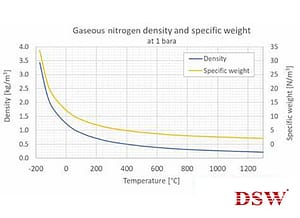
Here are some approximate evaporation rates for common cryogenic liquids:
- Liquid Oxygen (LOX): The evaporation rate of liquid oxygen is typically around 0.5% to 3% per day. However, it is essential to note that evaporation rates can be influenced by factors such as tank design, insulation quality, and ambient temperature.
- Liquid Nitrogen (LN2): The evaporation rate of liquid nitrogen can range from 0.5% to 3% per day, similar to liquid oxygen. Again, the actual evaporation rate can vary depending on various factors.
- Liquid Argon (LAr): The evaporation rate of liquid argon is similar to that of liquid nitrogen and typically falls within the range of 1.5% to 3.0% per day. LAr is commonly used in cryogenic applications, such as welding, food freezing, and scientific research.
- Liquid Carbon Dioxide (LCO2): The evaporation rate of liquid carbon dioxide can vary depending on pressure and temperature. The evaporation rate is relatively low at standard atmospheric pressure and room temperature, typically below 0.1% per day. However, the evaporation rate can increase under higher pressures or elevated temperatures.
- Liquefied Natural Gas (LNG): LNG has a lower evaporation rate than oxygen and nitrogen due to its lower boiling point and better insulation properties. The evaporation rate of LNG is typically around 0.1% to 0.3% per day.
It’s important to note that these evaporation rates are approximate and can vary depending on the specific circumstances. Factors such as the quality of insulation, tank design, ambient temperature, and usage patterns can all affect the evaporation rate. It is advisable to consult the manufacturer or an expert in cryogenic storage systems for more accurate information regarding the evaporation rates of specific cryogenic liquids and storage setups.
The evaporation rate of a cryogenic liquid does not directly indicate the quality of a cryogenic tank. The evaporation, or boil-off, rate of a cryogenic liquid refers to the rate at which the liquid converts into gas or vapor. It occurs due to the heat transfer from the surroundings to the cryogenic liquid, causing it to warm up and boil.
While a certain level of evaporation is expected in cryogenic systems, excessive evaporation can indicate potential issues with the cryogenic tank or its insulation, which may affect the overall efficiency and performance of the system. Higher evaporation rates can result from factors such as inadequate insulation, damaged or compromised tank walls, or improper storage and handling practices.

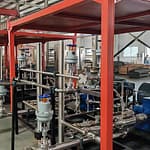

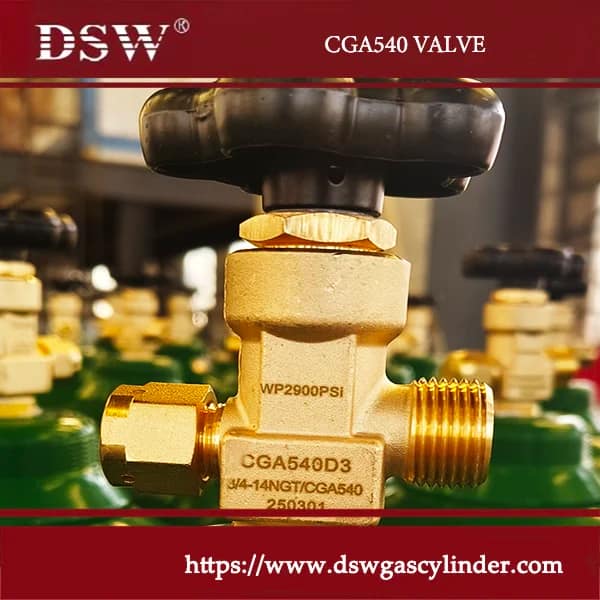
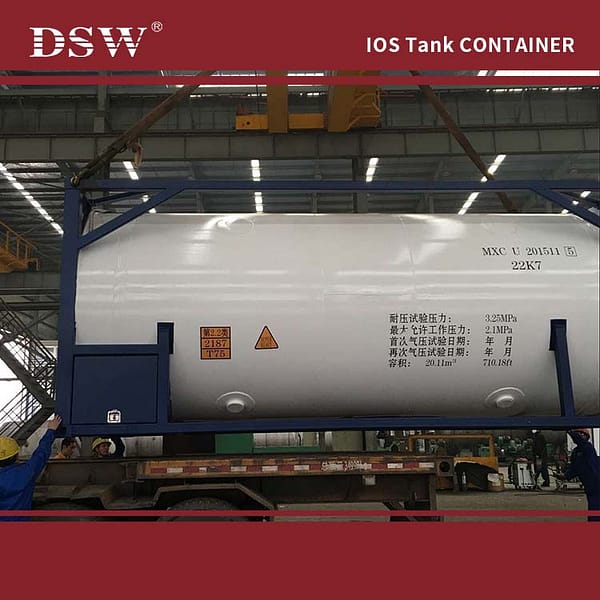
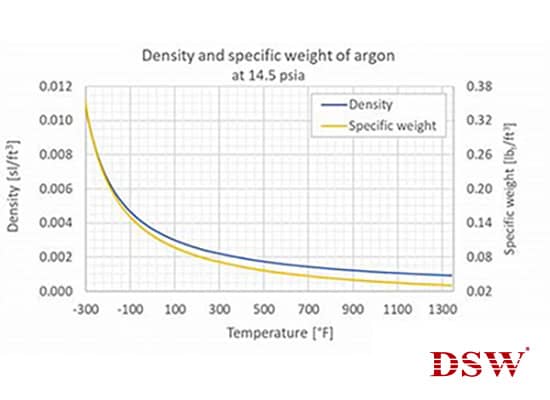
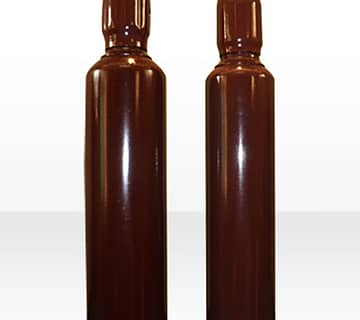
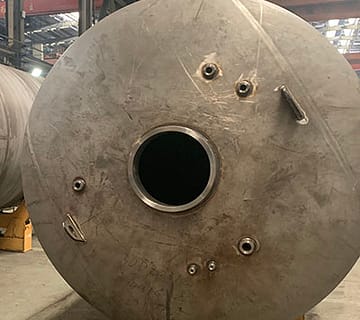
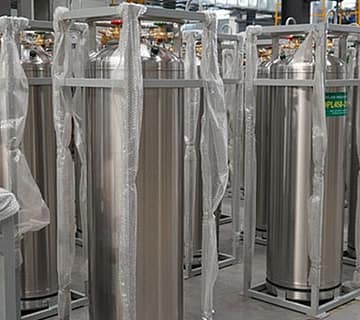

No comment